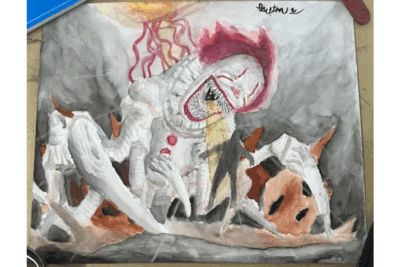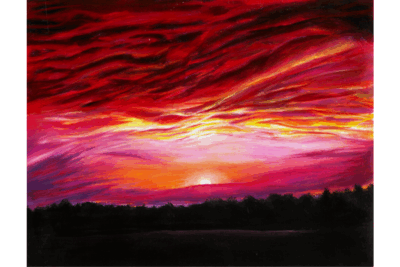Sufjan Stevens has stunned die-hard fans once again with his newest release—The Age of Adz (pronounced odds)—an album that takes a dramatic shift from Sufjan’s usual, both in musical and thematic content. As a long-time Sufjan Stevens fan, I was among the many who initially mourned the loss of “the essential Sufjan” sound after a first complete listen of The Age of Adz. However, this long-awaited album deserves a second chance.
Perhaps the largest complaint of The Age of Adz derives from Sufjan’s shift away from the usual banjo-plucking, falsetto-lulling sounds of his previous albums. Instead, The Age of Adz recalls a scattered, electronic sound similar to earlier albums like Enjoy Your Rabbit and A Sun Came. The record is heavily stocked with computerized loops, moody electronic beats, and pumping base lines.Contrary to some listeners’ opinions, Sufjan’s overall shift of sound is not necessarily a bad one. It would be easy to write off this album as just another auto-tuned, synthesized carbon copy of the other top-40 pop radio hits. But with a closer listen, you’ll start to hear intricate trombone lines and flawlessly arranged choral parts and even some dearly-loved banjo and guitar lines peeking out of the expansive electronic sounds throughout The Age of Adz. And fans that are not yet ready to depart from the Sufjan they know and love are reassured by the few tracks that recall his older sound. The first track, “Futile Devices,” winds together Sufjan’s wispy voice and a gentle guitar arrangement similar to the ballads of Illinois.
Seen in the scope of his experimentation in folk, classical, pop, hip-hop, and techno, The Age of Adz is just one more musical badge to add to Stevens’ already prolific career. It is simply a “new Age” for Sufjan Stevens.


